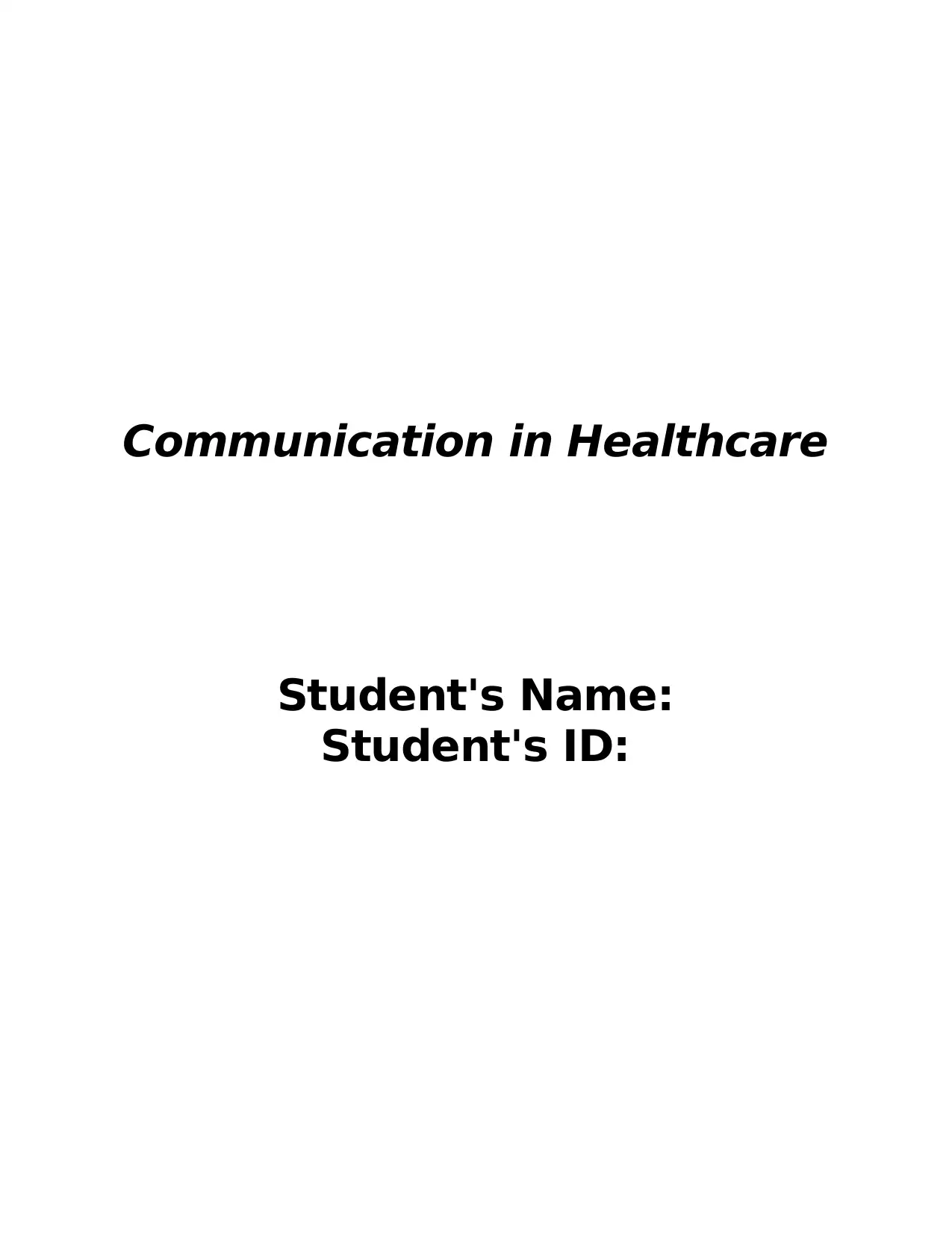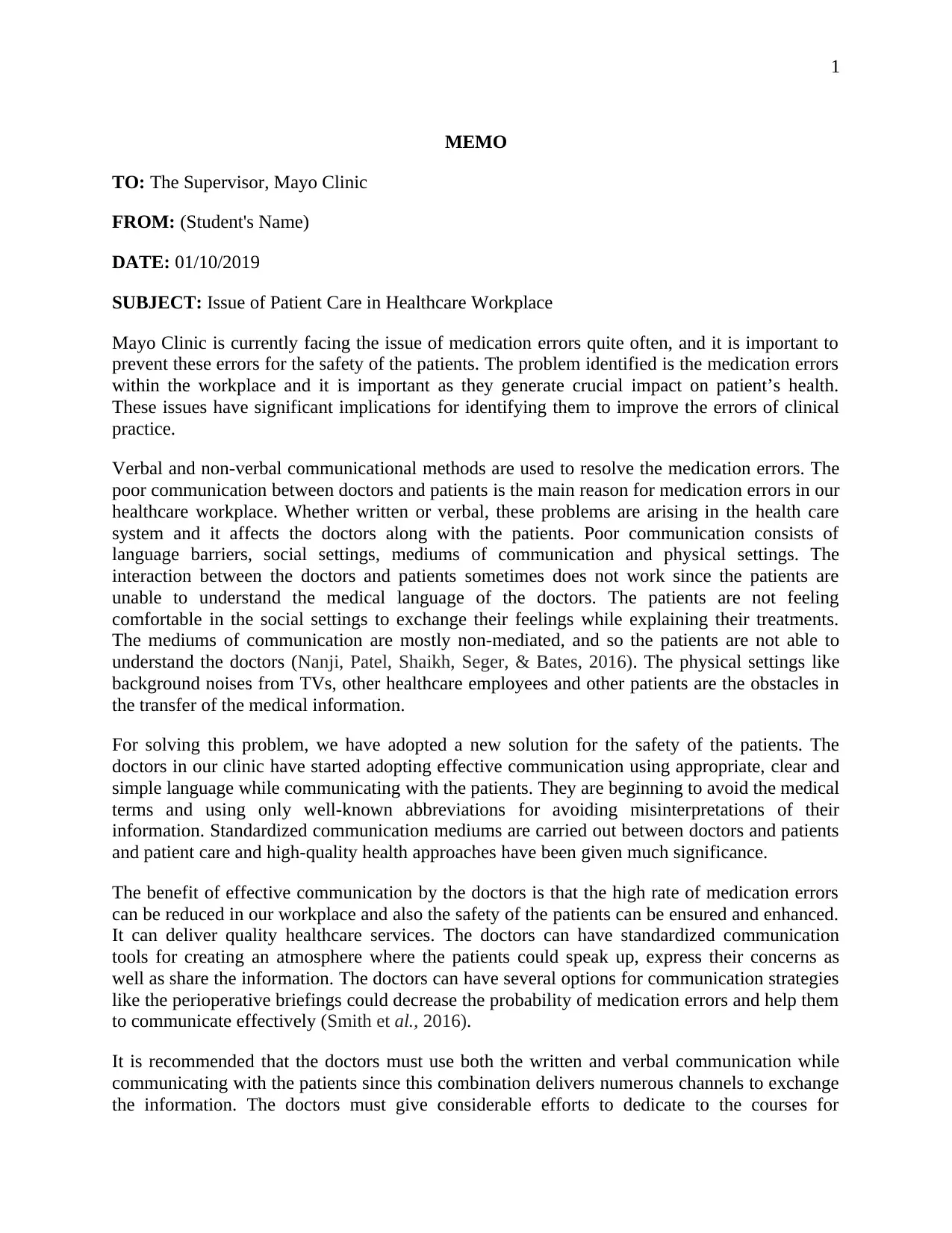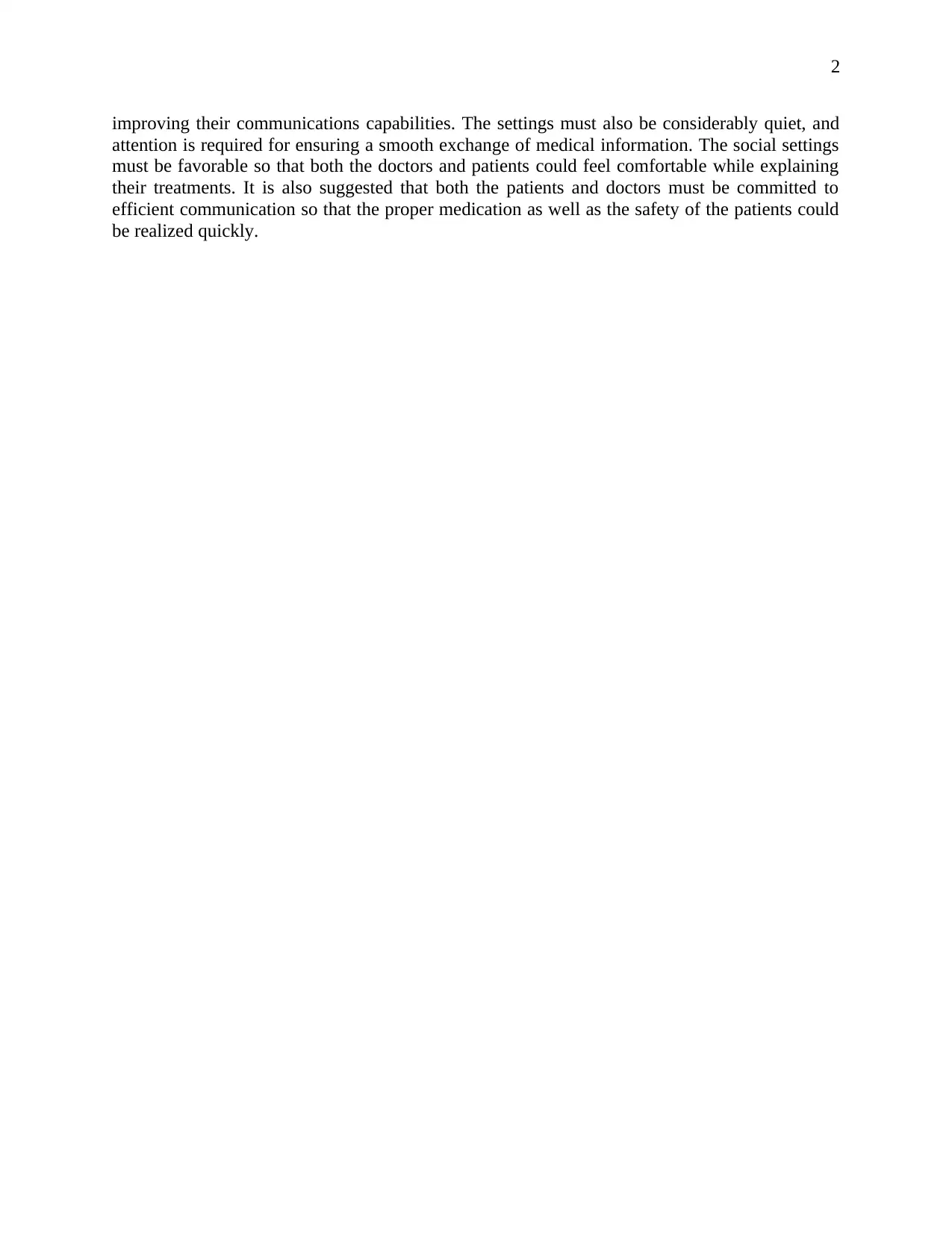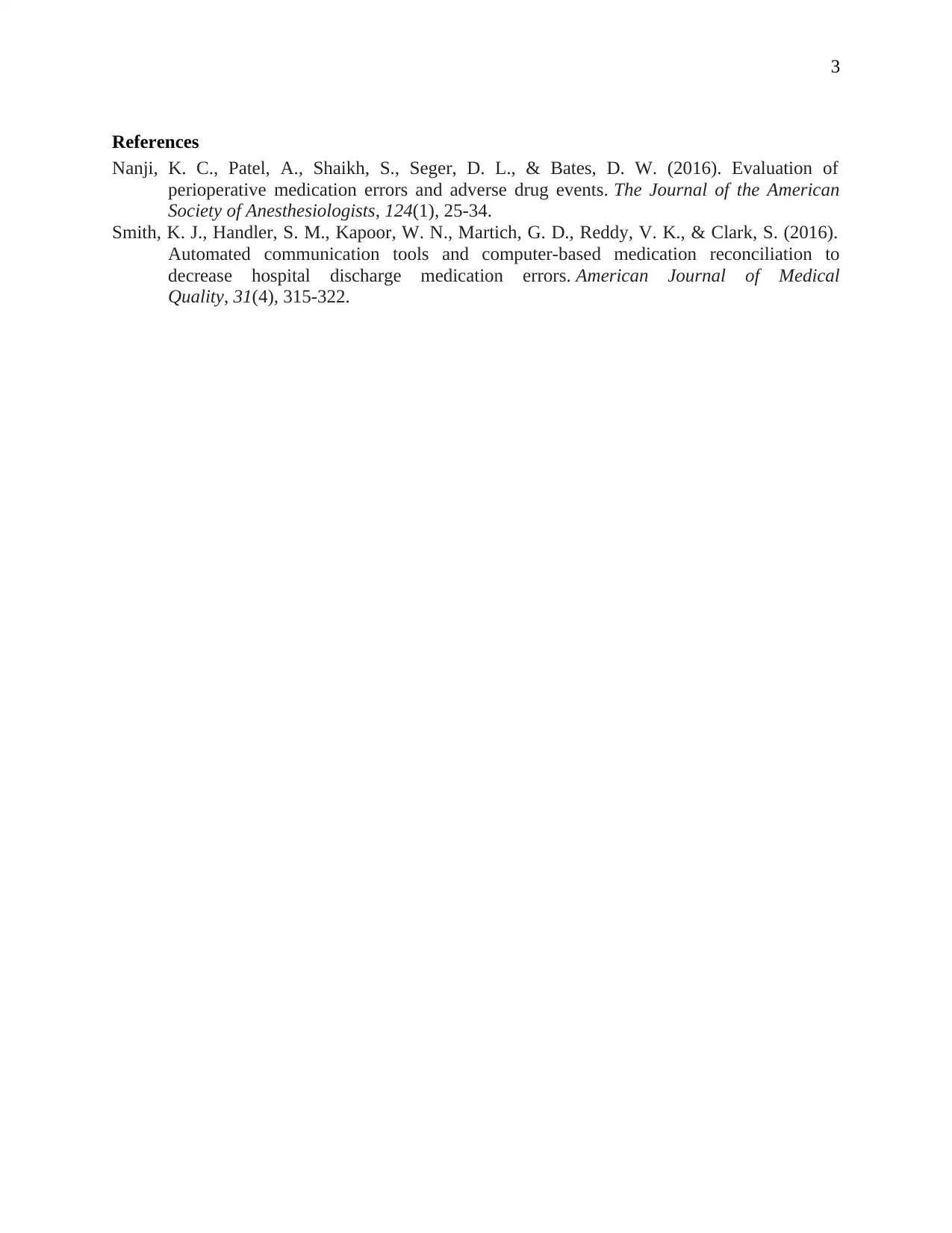Mayo Clinic: Communication Strategies for Reducing Medication Errors
VerifiedAdded on 2022/10/03
|4
|710
|430
Report
AI Summary
This report addresses the critical issue of medication errors within the Mayo Clinic healthcare workplace, emphasizing the impact of poor communication between doctors and patients. The report identifies language barriers, social settings, communication mediums, and physical settings as key obstacles to effective information transfer, leading to medication errors. The proposed solution involves adopting clear and simple language, avoiding medical jargon, and utilizing standardized communication mediums. The report recommends that doctors use both written and verbal communication, undertake communication skills courses, and create favorable settings for patient interaction. Furthermore, it suggests the implementation of perioperative briefings and standardized communication tools to foster an environment where patients feel comfortable expressing their concerns. The report concludes by emphasizing the importance of commitment from both doctors and patients to ensure proper medication and patient safety.
1 out of 4











![[object Object]](/_next/static/media/star-bottom.7253800d.svg)